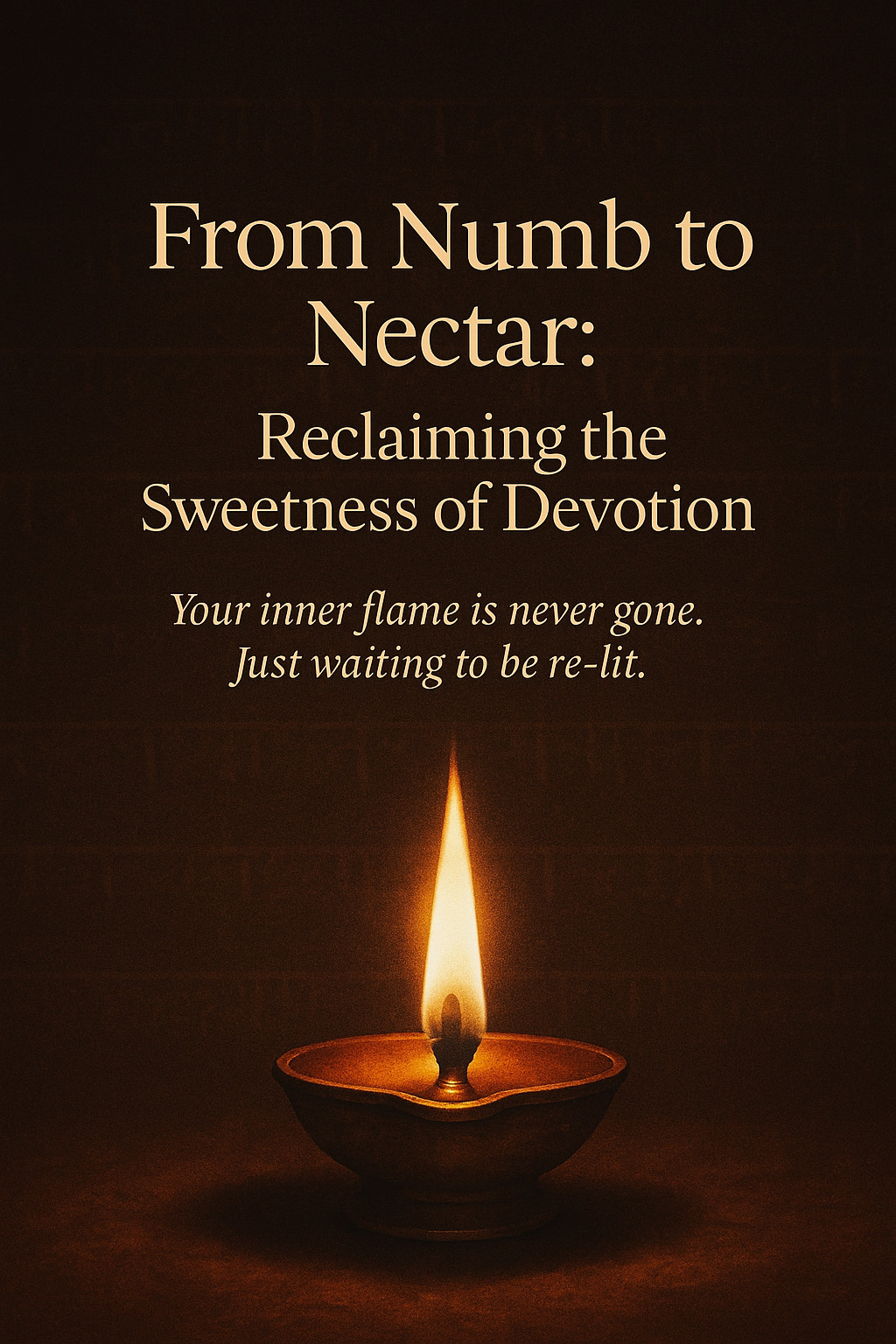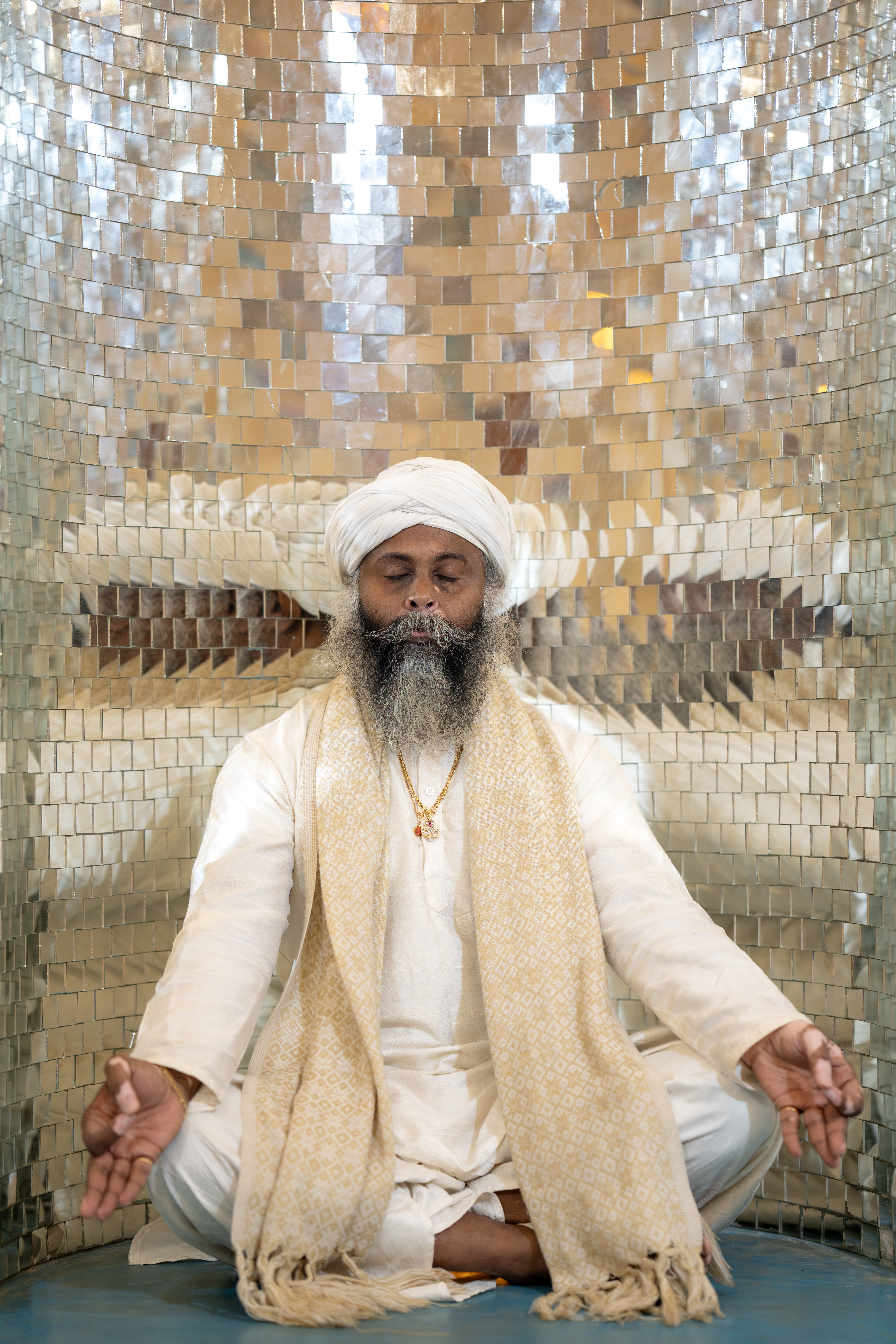Yoga is a journey, one that begins with the physical body and eventually leads us into the more subtle realms of energy, awareness, and transformation. Along this path, mudras—specific gestures made with the hands or body—serve as powerful tools for self-discovery and connection.
Mudras are more than symbolic hand gestures; they are energetic seals that channel prana (life force) in specific ways, deepening your yoga practice and enhancing your meditation. They offer an opportunity to go beyond physical postures (asana) and breathwork (pranayama), guiding you into the inner dimensions of yoga.
Moving Beyond the Physical
As we progress in our practice, our focus shifts from the alignment of the physical poses to understanding and harmonizing our breath. The next step is to refine our awareness and work with energy by withdrawing the senses from external distractions—a practice called pratyahara.
Mudras are a gateway to this inner journey. They gently direct energy, focus, and attention to a single point, enabling us to transcend the external and explore the vast inner world.
Through mudras, we begin to embody the yoga postures we practice. It’s no longer about performing poses—it’s about becoming them. Every gesture, breath, and moment on the mat becomes a conscious expression of energy and awareness, filled with the potential for transformation.
Integrating Mudras into Everyday Practice
For me, mudras have become a natural extension of my practice. I’ve integrated them not only into my asana and meditation but also into my day-to-day life. Whether I’m sitting in meditation, flowing through sun salutations, or simply pausing during the day, mudras serve as a bridge to mindfulness and connection.
For instance:
- Anjali Mudra (hands in prayer position) invites balance and gratitude.
- Prana Mudra (thumb connecting with ring and little fingers) enhances energy and vitality.
- Chin Mudra (thumb and index finger touching) fosters clarity and focus during meditation.
These simple yet profound gestures remind me that yoga is not just something I do—it’s something I live.
Enhancing Meditation with Mudras
Mudras aren’t limited to asana practice; they can also be transformative in meditation. I’ve discovered that incorporating hand symbols during seated meditation significantly enhances my focus, grounding, and tranquility. They act as energetic keys, helping to deepen my connection to the present moment and heighten my awareness.
The Transformative Potential of Mudras
Mudras are subtle yet powerful tools that open doors to new dimensions of your yoga practice. They remind us that yoga isn’t just about flexibility or strength—it’s about the alignment of body, breath, and energy to cultivate balance and awareness.
Whether it’s finding inner harmony with Anjali Mudra, inviting vitality with Prana Mudra, or sharpening your focus with Chin Mudra, these gestures hold the power to transform your practice and connect you with your true self.
By incorporating mudras into your yoga journey, you’ll discover a deeper connection to the practice and to the limitless potential within. Each gesture becomes a step toward self-discovery, each moment a window to transformation.
Explore. Embody. Transform. The journey begins with a single gesture
Navigating a breakup healthily involves prioritizing both emotional and physical well-being. Start by allowing yourself to grieve; acknowledge your feelings and give yourself the time needed to heal. Practice self-care by maintaining physical health through proper nutrition, sleep, and exercise, and nurture your mental health with enjoyable activities and mindfulness practices.
Seek support from friends, family, or professionals, and set boundaries, such as limiting contact with your ex and taking a social media detox. Reflect on the relationship to learn from the experience and focus on personal growth, shifting your perspective to new goals and practicing gratitude. Avoid unhealthy coping mechanisms like substance use or rebound relationships, reconnect with personal interests, and engage in positive distractions to stay busy and uplifted.
Consider trying Kundalini Yoga for emotional release and building inner resilience, and remember that moving on is a natural and healthy part of the journey. Embrace new beginnings and allow this challenging time to catalyze positive change and personal development. By following these steps, you can heal and emerge stronger.
Navigating a breakup in a healthy manner involves tending to both your emotional and physical well-being. Start by acknowledging your emotions and giving yourself time to grieve. Utilize tools like journaling or professional help to process your feelings, and focus on self-care by ensuring proper nutrition, sleep, and exercise.
Seek support from friends, family, or professionals to help carry the emotional burden, and consider limiting contact with your ex to gain clarity. Reflect on the relationship to learn and grow, set new personal goals, and pursue activities that bring joy and personal development.
Stay positive by shifting focus to the future, practicing gratitude, and avoiding unhealthy coping mechanisms like substance use or rebound relationships. Reconnect with your interests, engage in positive distractions, and consider practices like Kundalini Yoga to build inner strength and release emotions. Remember, moving on is a natural part of the journey, and embracing new beginnings can lead to personal growth and empowerment.
Read more...The intense pain felt in the heart or chest during a breakup is due to a combination of emotional and physiological factors. Breakups trigger a profound sense of loss, similar to grief, manifesting physically in the chest due to the strong connection between emotions and physical sensations. Additionally, the brain processes emotional pain in the same areas as physical pain, causing emotional distress to feel like actual physical pain in the heart or chest.
When emotionally distressed, the body releases stress hormones like cortisol and adrenaline, leading to symptoms such as chest tightness and heart palpitations, mimicking physical heartache. The brain's attachment system, disrupted during a breakup, can create panic and anxiety, further intensifying chest pain. In extreme cases, "Broken Heart Syndrome" can occur, where emotional stress leads to temporary heart muscle weakness, mimicking heart attack symptoms.
Understanding the mind-body connection can aid in managing these symptoms. Techniques like mindfulness, deep breathing exercises, and seeking social support can alleviate both emotional and physical pain associated with breakups. This connection underscores the profound impact emotional distress can have on physical wellbeing.
Breakups can trigger intense pain in the heart or chest due to a combination of emotional and physiological factors. The emotional distress from the profound sense of loss during a breakup can manifest physically, as the brain areas responsible for processing emotional pain overlap with those that process physical pain. This overlap can make the emotional agony of a breakup feel like real physical pain in the chest or heart.
Additionally, the body's stress response further intensifies this sensation. Hormones like cortisol and adrenaline, released during emotional distress, can cause chest tightness and heart palpitations, mimicking physical heartache. Disruption of the brain's attachment system during a breakup can also lead to heightened feelings of panic and anxiety, amplifying heart and chest pain.
Extreme emotional stress can even lead to conditions like "Broken Heart Syndrome," resembling a heart attack. Withdrawal from the "feel-good" chemicals associated with romantic relationships exacerbates the sense of emptiness and physical pain. Understanding these connections can aid in managing symptoms through mindfulness, deep breathing, and social support, highlighting the deep interplay between mind and body during a breakup.
Read more...
